
In recent years, Vietnam’s agriculture has made a strong transformation, with market-oriented agricultural production, bringing about high quality and added value to producers and farmers. However, the agricultural production process also generates a large amount of waste and by-products, which, if not managed properly, will pollute the environment and waste organic matter.
According to the General Statistics Office (GSO)’s 2020 data, of the 160 million tonnes of by-products generated annually, 90 million tonnes were from post-harvest crops and farm produce processing (56.2%), 62 million tonnes from cattle and poultry manure (38.7%), 6 million tonnes from forestry (3.7%) and 1 million tonnes from seafood (0.6%).
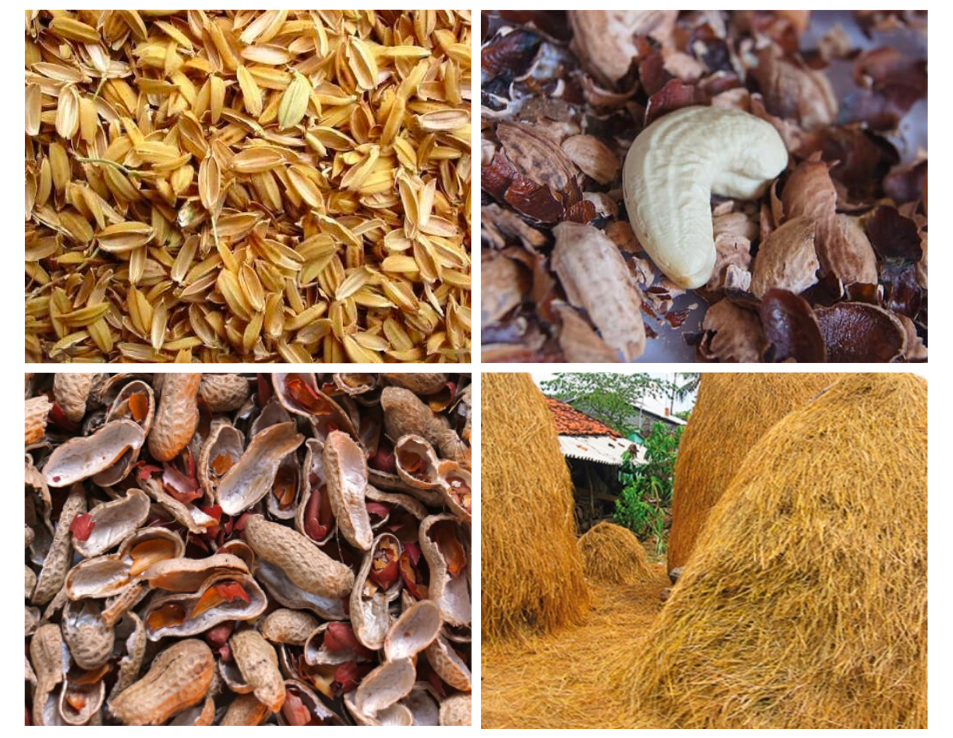

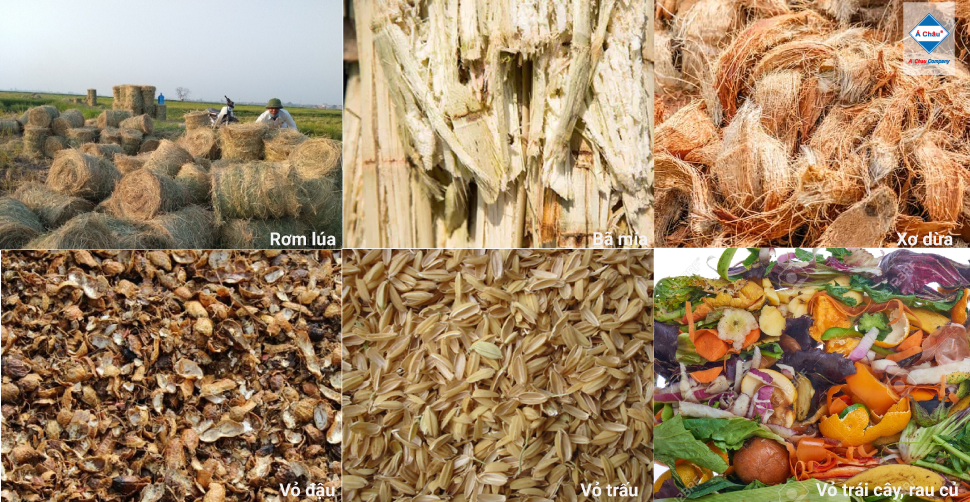
Deputy Minister of Agriculture and Rural Development Tran Thanh Nam said that during the process of agricultural production, people only focus on increasing productivity and output but pay less attention to the excess amount of the production input. The overuse of inorganic fertilisers and plant protection chemical products in farming and the increase of waste from husbandry are threatening the environment.
Some key areas such as the cultivation of rice and other crops, aquaculture and husbandry release millions of tonnes of organic waste, which can be considered as renewable resources for agricultural production and other industries.

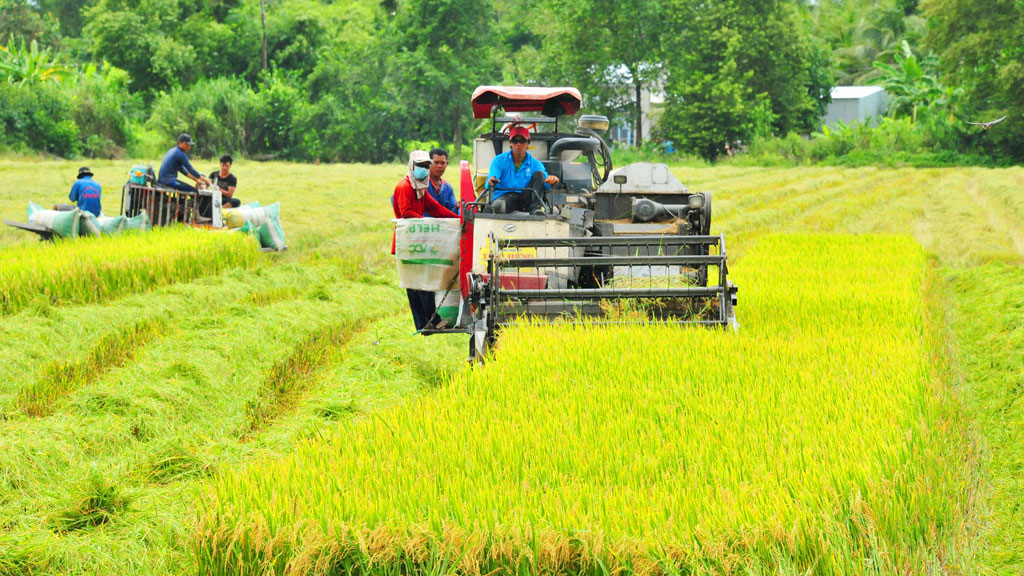


However, in reality, Vietnam has not yet made good use of agricultural waste and by-products. Only 52.2% of crop by-products are collected, 75.1% in livestock, 50.2% in forestry and 90% in fisheries. The rate of by-product processing as input for subsequent production cycles is even lower.
Nguyen Thi Thanh Thuy, Director of the Department of Science, Technology and Environment under the Ministry of Agriculture and Rural Development, said that annual biomass by-products from main crops such as rice, corn, sugarcane, and vegetables can provide an equivalent amount of 43.4 million tonnes of organic fertilisers, 1.86 million tonnes of urea nitrogen, 1.68 million tonnes of single superphosphate, and 2.23 million tonnes of potassium sulfate. However, these nutrients are almost completely wasted, and there are no incentive mechanisms for reusing them.
From the perspective of a circular agricultural economy associated with green growth, by-products in agriculture, forestry and fisheries must be considered a renewable resource rather than waste, an important input that extends the agricultural value-added chain. If by-products are exploited effectively, the value of agricultural production can increase by 30-100%. The circulation of raw materials also helps to solve high emissions and environmental pollution.
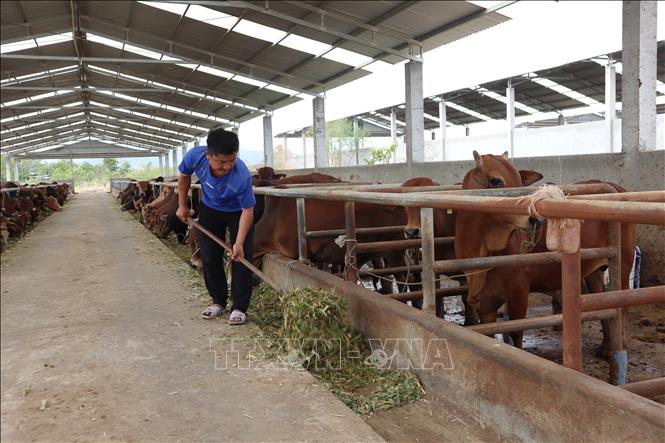
Realising the economic potential of by-products and the requirements of sustainable production, recently some units and enterprises have invested in closed production chains. Small models using by-products and waste of farming and animal husbandry activities as raw materials to start a new production cycle are being applied, and large-scale farms which combine planting, breeding, and recycling all by-products are being invested in and formed.
Practices obtained from the models show that circular agriculture is the key to effective management of agricultural resources through focusing on minimising the use of external inputs, closing the nutrient cycle, regenerating soil and limiting negative impacts on the environment.
Dr. Nguyen Van Hung, a senior expert from the International Rice Research Institute (IRRI), said that one of the issues concerned by the world today is emissions in agricultural production, especially rice. In Vietnam, about 40 million tonnes of paddy straw are produced each year, however, up to 60% of which is burnt on fields, resulting in a loss of nutrients and a large amount of emissions and pollution. The burning of straw also destroys biodiversity by killing beneficial fungi, bacteria and animals that live in the soil.
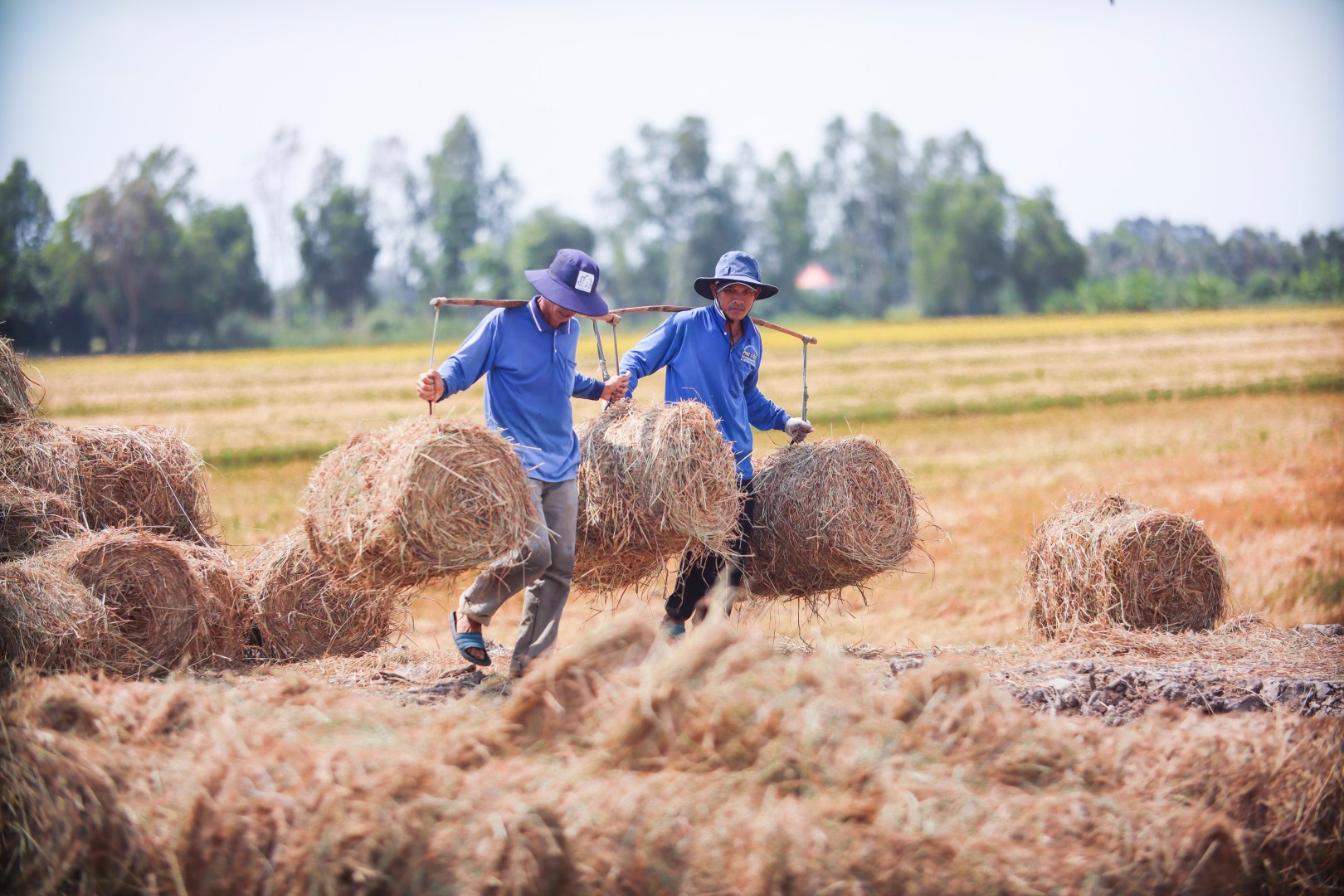
According to Hung, applying circular agricultural economy to the rice chain can be done by collecting straw for mushroom production and animal feed; and producing organic fertilisers from straw and waste from mushroom production and animal husbandry. Currently, mushroom growing models from straw give an average profit of 50-100 USD a tonne. Meanwhile, using straw as feed for cows can reduce the cost by 50% compared to imported biomass feed.
Proper rice straw treatment can reduce the total carbon emissions of the life cycle of rice by up to 30%; while not burning straw will help avoid air pollution, and loss of nutrients and biodiversity of fields. This also helps the rice chain move towards green brand certifications, low carbon and organic production certificates, thus helping Vietnamese rice meet the standards of higher-end markets, Hung stressed.

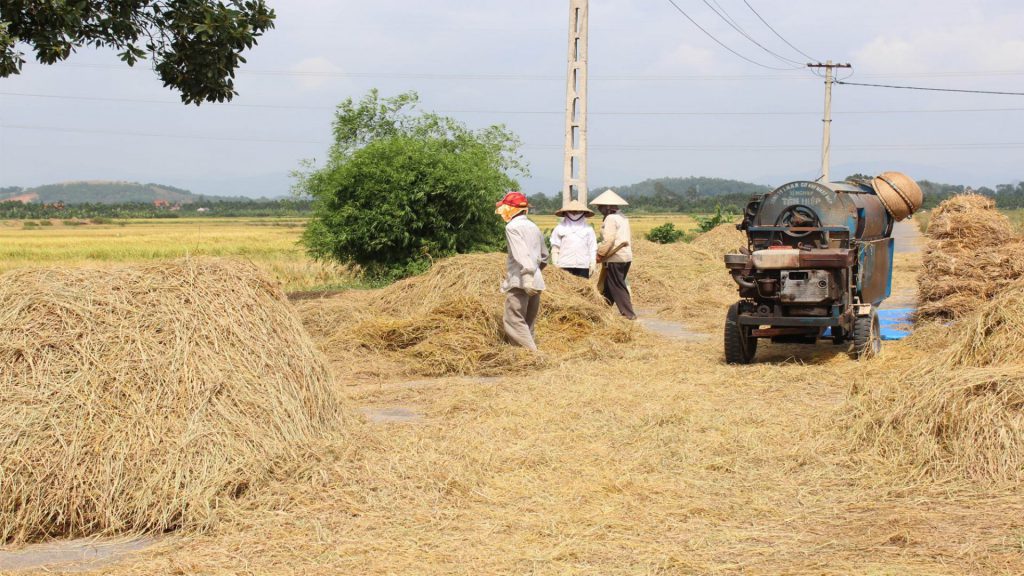
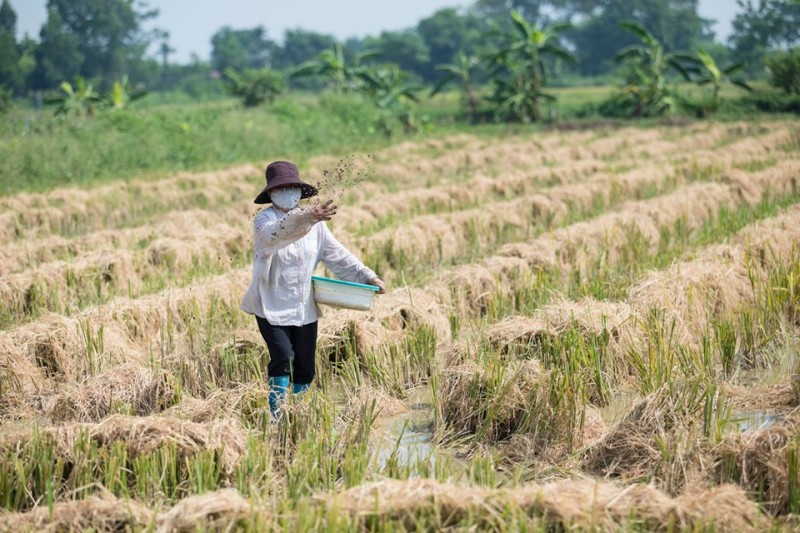
According to statistics from the Department of Livestock Production under the Ministry of Agriculture and Rural Development, by 2020 the emissions from livestock activities were equivalent to nearly 31 million tonnes of Carbon dioxide. This is a big challenge for Vietnam in implementing its commitment to net emissions by 2050.

Ha Van Thang, President of the Vietnamese Agricultural Enterprises’ Council, said that circular economy is not a selectable model but an indispensable part of sustainable development, and a foundation of a green economy. However, circular production, business and service models should not be tied to a fixed mold, but depend on the actual conditions of each organisation and household.
The Ministry of Agriculture and Rural Development should hold dialogues with businesses on circular agriculture to grasp information and make appropriate policy adjustments, according to Nguyen Van Bac, permanent member of the National Agricultural Extension Centre in the southern region./.
